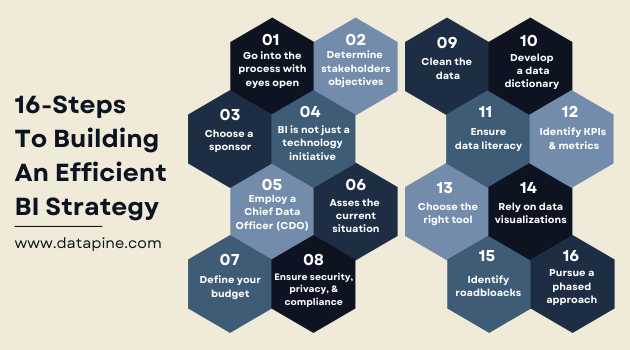

A successful analytics prototype project demonstrates how analytics can be applied to more complex business problems and will help build analytic momentum. We recommend starting with an analytic prototype to demonstrate whether predictive analytic techniques can be used to answer an important business question and/or improve a current modeling effort with limited capital and resource investment. By ranking each opportunity based on cost (both direct and indirect), return on investment, and actionability an organization can identify low-cost, high-return actions. The results of this Analytics Assessment informs the Analytics Strategy, enabling an organization to develop a roadmap to prioritize data-centric business goals.

Discovering real business opportunities and achieving desired outcomes can be elusive.”īreaking down business silos and navigating organizational changes throughout the analytics life cycle can be difficult. Using analytics to achieve a sustainable competitive advantage and generate significant return on analytics investment begins with a well-conceived analytics strategy.Īccording to Harvard Business Review “Companies can get stuck trying to analyze all that’s possible and all that they could do through analytics, when they should be taking that next step of recognizing what’s important and what they should be doing - for their customers, stakeholders, and employees.

Elder Research has found that having an “analytics culture” is one of the strongest indicators of future analytics success and developing an effective analytics strategy is an active process that plays a key role in building a successful, data-driven culture. Extracting value from data to drive intelligent business decisions requires a cultural shift within a business to institutionalize analytics-based decision management. Analytics is a disruptive technology and many organizations fail the first time they attempt a major analytics initiative.


 0 kommentar(er)
0 kommentar(er)
